Frequently Asked Questions
1. What are handmade hunting knives?
2. What materials are commonly used in handmade hunting knives?
3. What is the crafting process of a handmade hunting knife?
4. Why should I choose a handmade hunting knife over a mass-produced one?
5. How do I care for and maintain my handmade hunting knife?
When it comes to craftsmanship, few items showcase the dedication and skill involved quite like handmade hunting knives. In a world dominated by mass production, the artistry and precision of handmade knives offer enthusiasts and collectors a unique experience. They are not merely tools; they are a reflection of tradition, quality, and personal expression. This article delves deep into the craftsmanship behind handmade hunting knives, exploring the techniques, materials, and artistry that make these blades stand out.
The Legacy of Handmade Hunting Knives
Crafting knives has been a fundamental skill for humanity throughout history. From prehistoric times, when stone blades were necessary for survival, to modern-day hunting knives for outdoor enthusiasts, the evolution of knife-making is a testament to human ingenuity. Handmade knives have maintained their significance, embodying a sense of heritage passed down through generations.
Each handmade knife tells a story—one of the maker, the materials used, and the techniques employed. Makers often pursue this art as a lifelong passion, dedicating years to refining their craft. Let’s explore some of the facets that define the artistry behind these exceptional blades.
Materials Matter: The Heart of Quality Knives
One of the essential elements of crafting high-quality handmade knives is the selection of materials. The blades of hunting knives are typically forged from high-carbon steel, stainless steel, or even exotic materials like Damascus steel. Each material offers unique properties that impact the knife's performance, durability, and aesthetic appeal.
High-Carbon Steel
High-carbon steel is favored by many knife makers for its ability to achieve a sharp edge and maintain it. It is relatively easy to sharpen, making it a go-to choice for hunting knives. However, it can be prone to rusting if not adequately maintained, which requires a level of care and dedication from the user.
Stainless Steel
Stainless steel, on the other hand, is resistant to corrosion, making it ideal for those who may use their hunting knives in wet or humid conditions. While it may not hold an edge as long as high-carbon steel, advancements in metallurgy have led to high-performance stainless steels that perform admirably for outdoor applications.
Damascus Steel
For those seeking something truly unique, Damascus steel offers a remarkable balance of aesthetic beauty and performance. With its signature patterned surface, each Damascus blade is one-of-a-kind. The process involves layering different types of steel, which are then forged and folded to create a durable and flexible blade that is stunning to behold.
The Crafting Process: Steps to Perfection
The journey of a handmade hunting knife begins with meticulous planning. Craftsmanship in knife-making involves a series of steps that require precision, skill, and patience. Whether you are a seasoned maker or a curious enthusiast, understanding these steps can provide insight into the dedication involved.
Design and Planning
The first step in crafting a knife is the design phase. Makers typically draw inspiration from various sources—nature, historical designs, and personal experiences. They consider the knife's intended use, the desired blade shape, and handle ergonomics. At this stage, sketches and specifications are created, guiding the subsequent phases of production.
Forging the Blade
Forging is the heart of knife-making. For handmade hunting knives, this often involves heating the chosen steel to a high temperature and shaping it using hammers and anvils. This process can bring out the grain structure of the metal, enhancing its strength and performance. As the blade takes shape, the craftsman refines the profile in line with the original design.
Heat Treatment
Once the blade is forged, it needs to undergo heat treatment, a process that hardens the steel and gives it the right balance of flexibility and strength. This step is crucial for the knife’s longevity and performance, as it directly affects the blade's hardness. Different heating and cooling techniques might be employed, depending on the type of steel used.
Finishing Touches
The final stages involve polishing the blade, creating the handle, and attaching it securely. Handles can be made from various materials such as wood, micarta, or synthetic materials, each offering a different feel and look. The choice of handle significantly impacts user experience, so makers pay attention to ergonomics and aesthetics in this phase.
Traditional Techniques vs. Modern Innovations
The world of handmade hunting knives is a blend of traditional craftsmanship and modern innovations. While many makers adhere to time-honored techniques handed down through generations, others incorporate contemporary methods and tools to enhance the crafting process.
Time-Honored Techniques
Some artisans choose to stick with traditional methods—hand forging blades from bulk steel and employing a hammer and anvil. This approach requires exceptional skilled labor and results in unique characteristics for every blade. Such methods often involve using coal or propane for heat sources, adding authenticity to the craftsmanship.
Innovative Approaches
On the other hand, some modern makers use CNC machines and laser cutting for precision. These innovations provide remarkable efficiency and consistency, allowing for intricate designs that may be challenging to achieve by hand. Many craftspeople find a balance between these two worlds, combining traditional handcrafting with modern technology where beneficial.
The Passion Behind Craftsmanship
The artistry of handmade hunting knives extends beyond the technical aspects. Every maker pours their passion and creativity into their work. This enthusiasm often stems from a love for hunting, outdoor adventures, and a deep appreciation for functional art. It’s common for knife makers to be avid hunters and outdoor enthusiasts themselves, which informs their designs.
Community and Collaboration
Another fascinating element of the handmade knife community is collaboration. Many artisans engage with each other, sharing techniques, participating in knife shows, and forming friendships based on a mutual respect for the craft. They often collaborate on projects, lending their skills to create something truly unique together. This camaraderie fosters a rich environment of learning and innovation.
Why Choose Handmade Hunting Knives?
With so many options available, why choose a handmade hunting knife? The answer lies in several compelling reasons:
- Quality Craftsmanship: Handmade knives are crafted with care, ensuring high-quality materials and attention to detail.
- Unique Designs: Each knife is unique, often reflecting the maker's individual style. No two knives are exactly alike.
- Performance: Handmade knives often outperform mass-produced options due to their superior materials and craftsmanship.
- Aesthetics: Many handmade hunting knives are stunning works of art, worthy of display as much as they are functional tools.
- Support Artisans: Purchasing handmade knives supports local artisans and keeps traditional crafts alive.
Care and Maintenance of Handmade Hunting Knives
To ensure that your handmade hunting knife remains in excellent condition, proper care and maintenance are essential. Here are some tips to keep your knife performing at its best:
Regular Cleaning
After each use, clean the blade with warm water and mild soap. Avoid harsh chemicals that can damage the steel or handle material. Dry the blade completely to prevent rust, particularly for high-carbon steel knives.
Sharpening Techniques
Keeping your knife sharp is vital for performance. Regularly use whetstones or a honing rod to maintain the blade's edge. Learning proper sharpening techniques can make a significant difference in longevity and effectiveness.
Proper Storage
Store your knife in a dry place, and consider using a protective sheath to shield the blade from dings and corrosion. Some makers use oil on the blade to provide additional rust protection, particularly for high-carbon steel.
Explore the World of Handmade Hunting Knives
The craftsmanship behind handmade hunting knives is a rich and fascinating world that blends tradition with innovation. From the selection of materials to the intricate forging process, every step reveals the dedication and artistry of skilled makers. As hunting remains a cherished pastime, these beautifully crafted knives serve as not just tools, but as tangible expressions of heritage and passion.
For those looking to make a statement in their outdoor adventures, choosing a handmade hunting knife ensures you’re investing in a unique piece of artistry—one that promises to last a lifetime. Dive into the world of handmade knives, and discover the beauty that lies in their craftsmanship. Each blade holds a story worth telling.









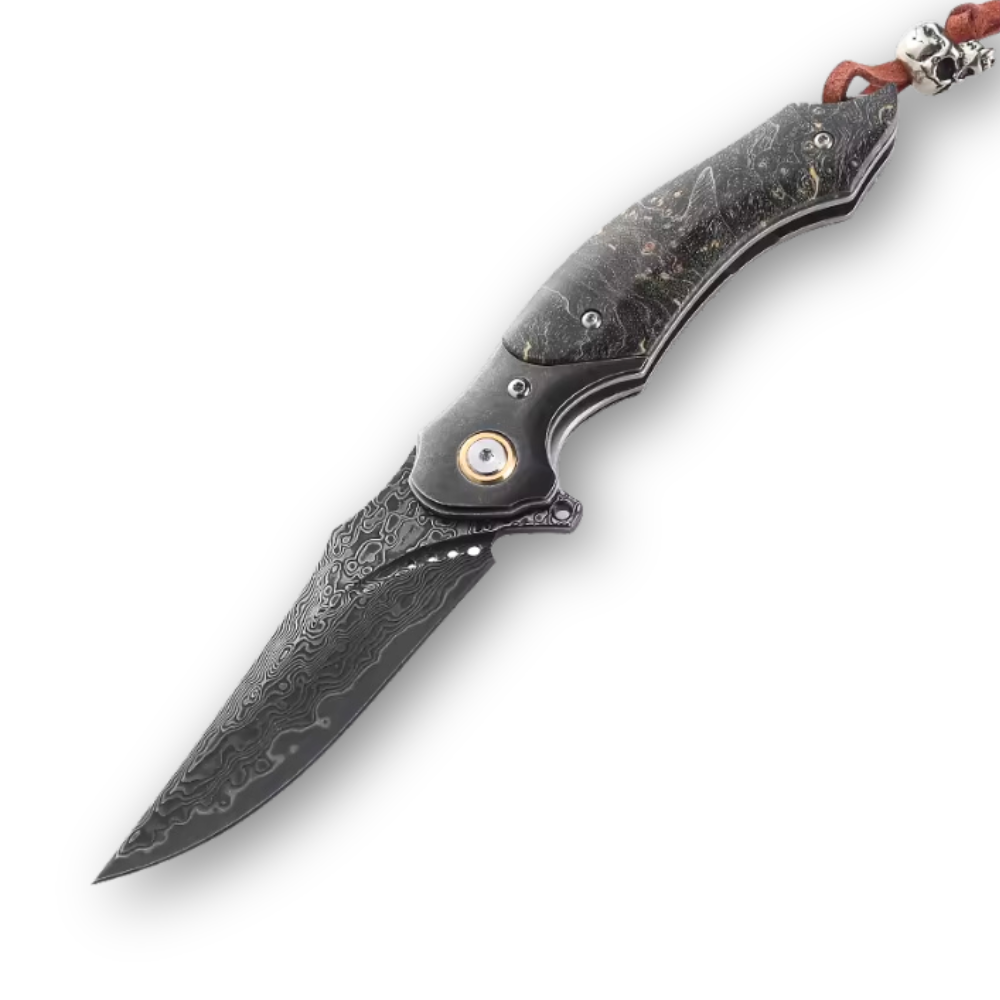










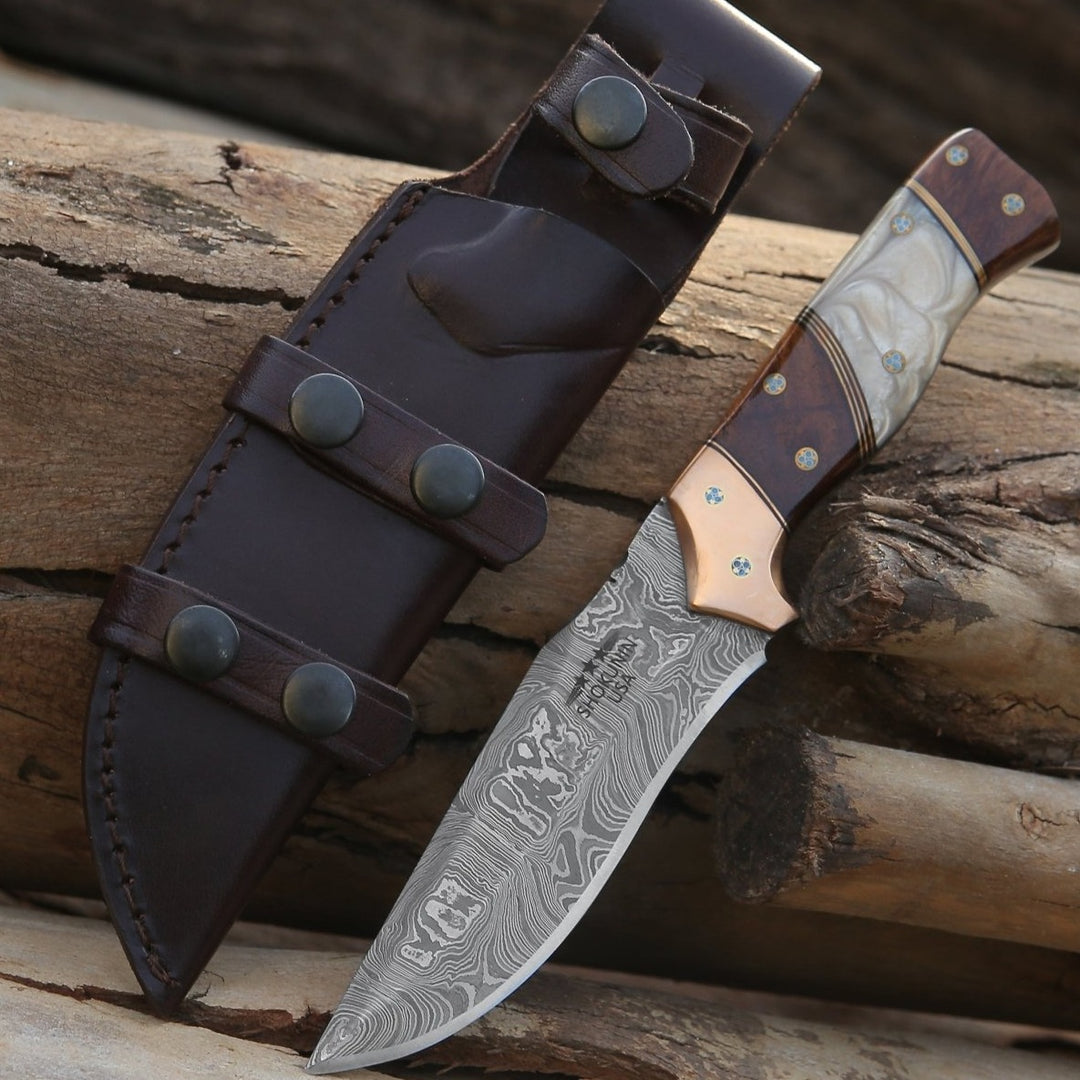
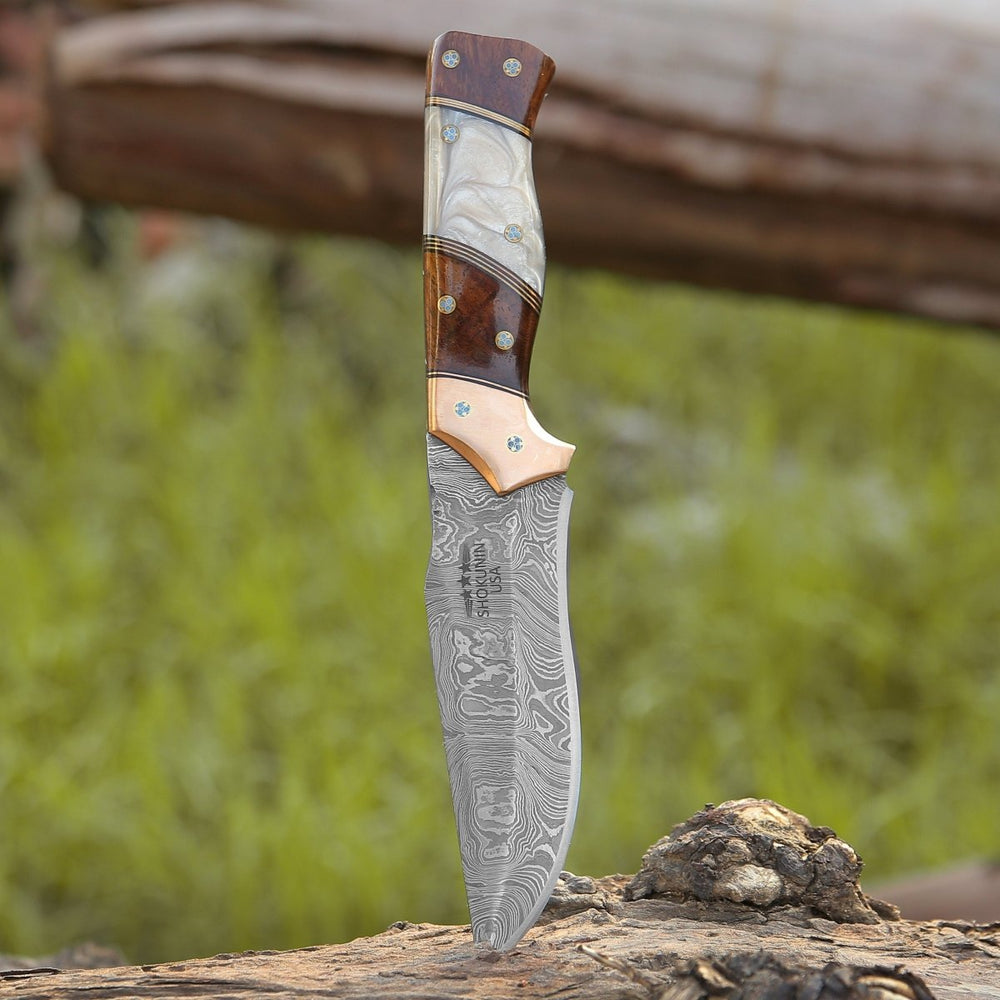


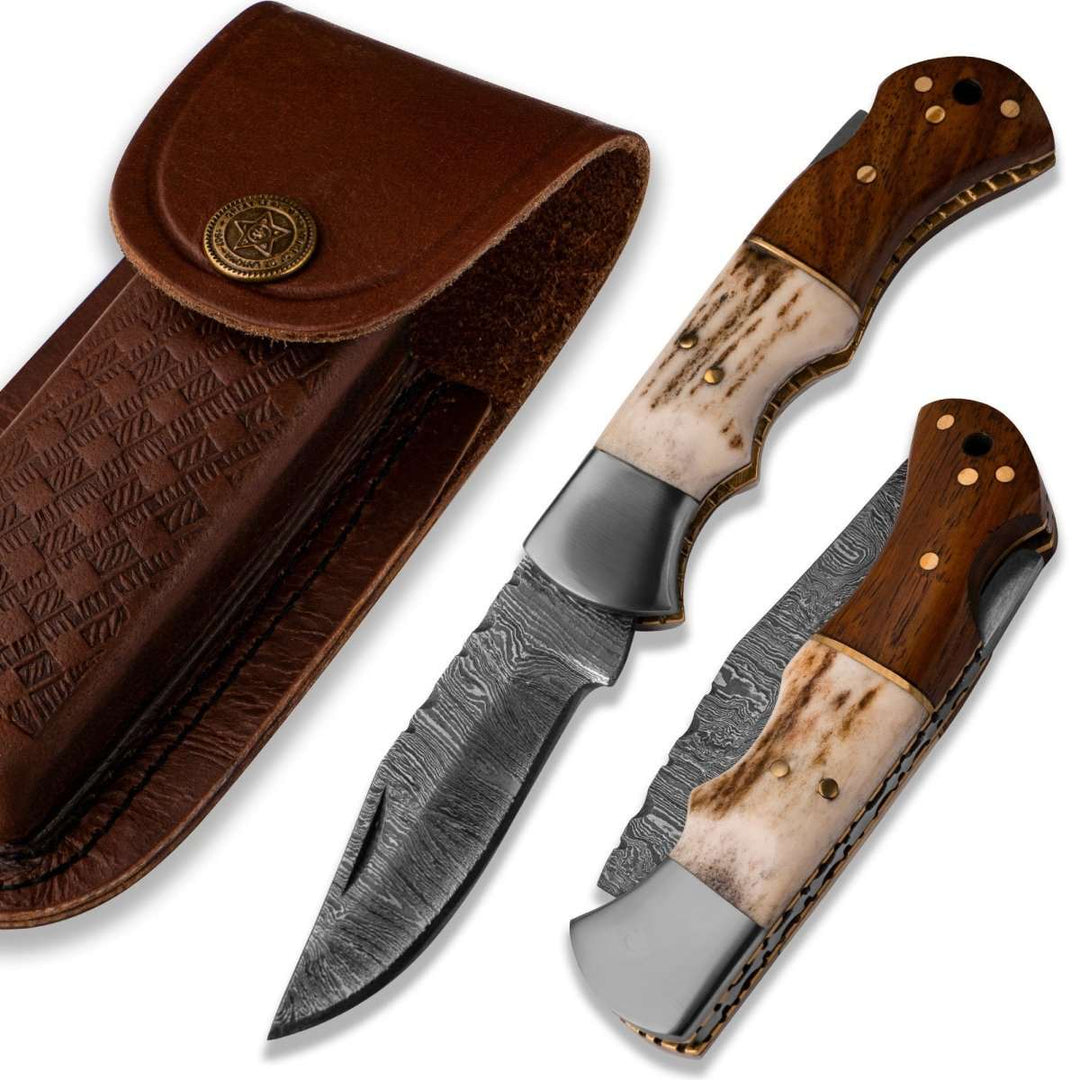
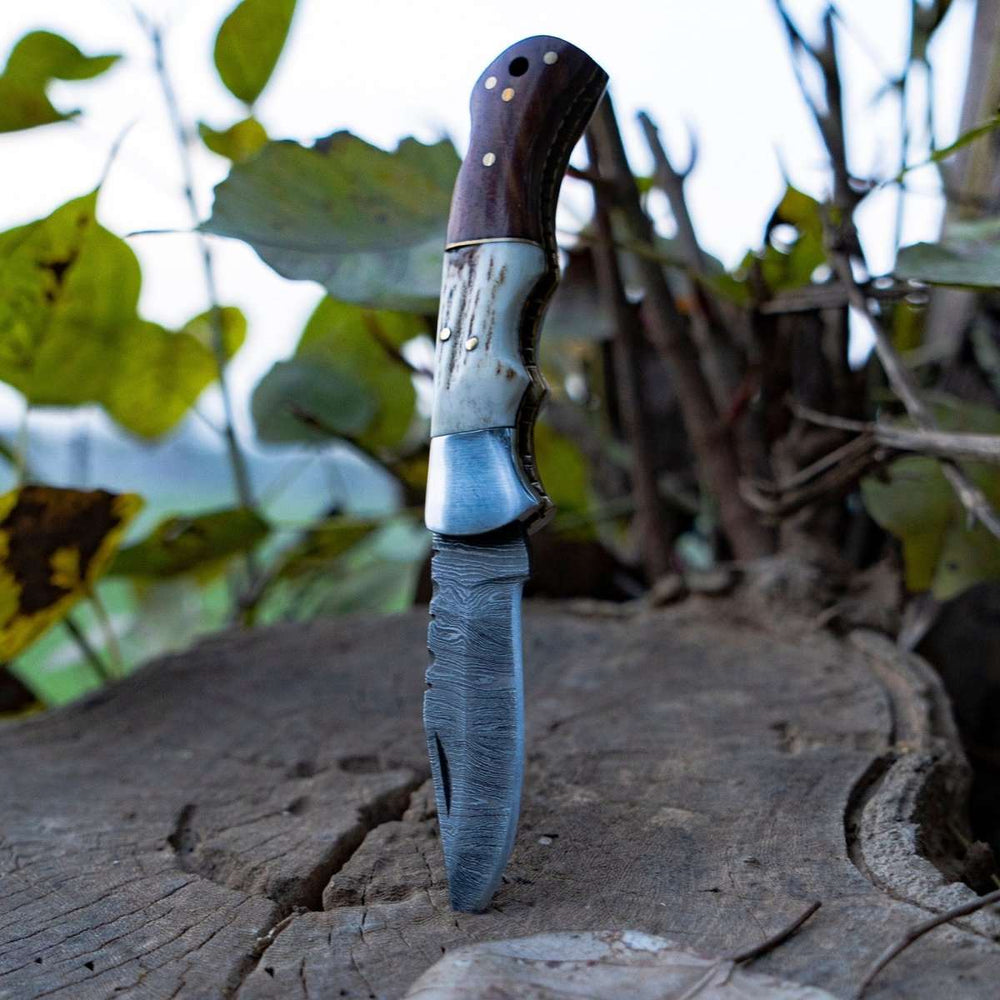




Leave a comment